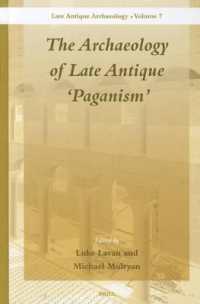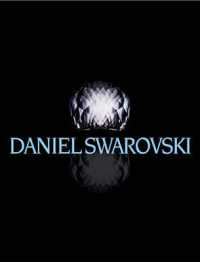- ホーム
- > 洋書
- > 英文書
- > Science / Mathematics
基本説明
Features: Influence of dislocations on piezoelectric behavior; New mechanisms for hardening in twinned crystals; and more.
Full Description
Dislocations are lines of irregularity in the structure of a solid analogous to the bumps in a badly laid carpet. Like these bumps they can be easily moved, and they provide the most important mechanism by which the solid can be deformed. They also have a strong influence on crystal growth and on the electronic properties of semiconductors.
Contents
Preface
71. Discrete Dislocation plasticity Modeling of Contact and Friction (V.S. Deshpande, A. Needleman and E. Van der Giessen)
72. Dislocation Ffields in Piezoelectrics (J.P. Nowicki and V.I. Alshits)
73. Statistical and Non-linear Dynamic Approaches to Collective Behavior of Materials (G. Ananthakrishna)
74. Topological Modeling of Martensitic Transformations (R.C. Pond, J.P. Hirth, X. Ma and Y.W. Chou)
75. Dislocations and Twinning in Face Centered Cubic Crystals (M. Niewczas)
76. Elasticity Dislocations and their Motion in Quaicrystals (K. Edagawa and S. Takeuchi)
77. Experimental Studies of Dislocation Core Effects (J.C.H. Spence)
78. In Situ Nanoindentation in a Transmission Electron Microscope (A. Minor, E.A. Stach and J.W. Morris, Jr.)
79. White Beam Microdiffraction and Dislocation Gradients (G.E. Ice and R.I. Barabash)
80. X-ray Imaging of phonon Interaction with dislocations (D. Shilo and E. Zolotoyabko)








